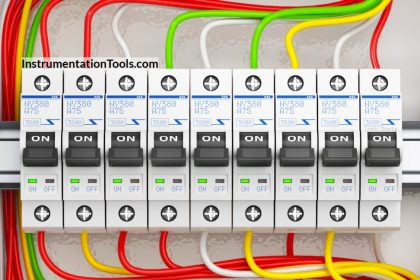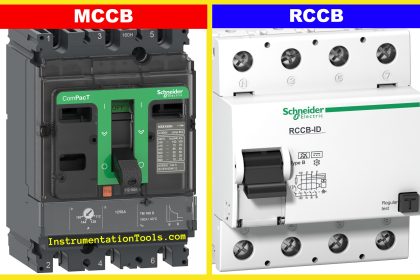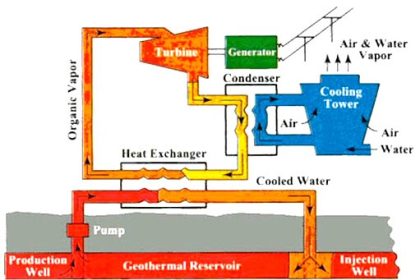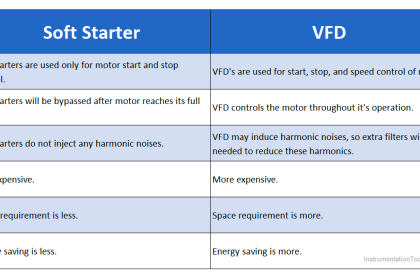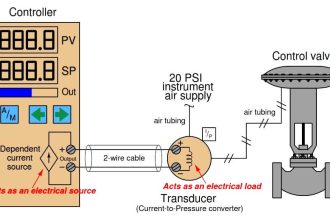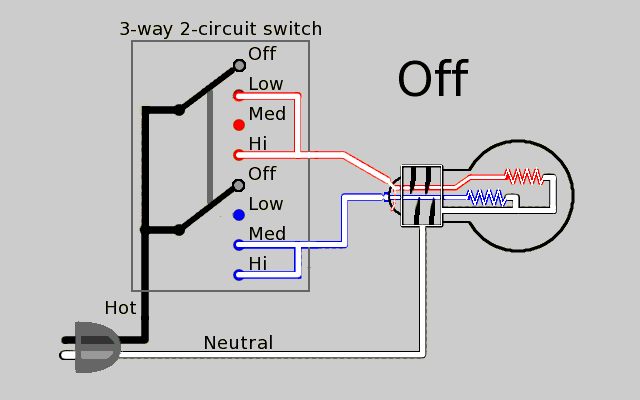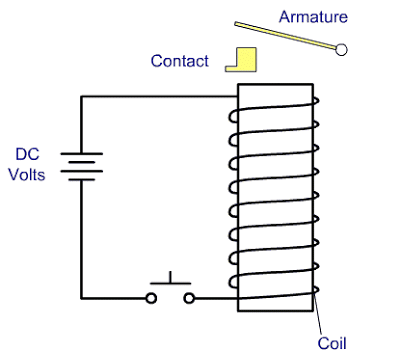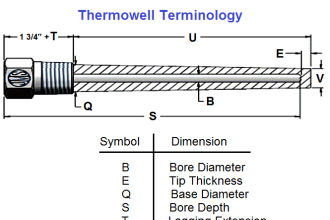Insulation meters or meggers are instruments used for the measurement of electrical insulation in high voltage. The name of this instrument, meggers, derives from the measurement of the insulation of cables, transformers, insulators, etc. expressed in megohms (MΩ).
The megohmmeter or megger is a measuring tool that analyzes high electrical resistances.
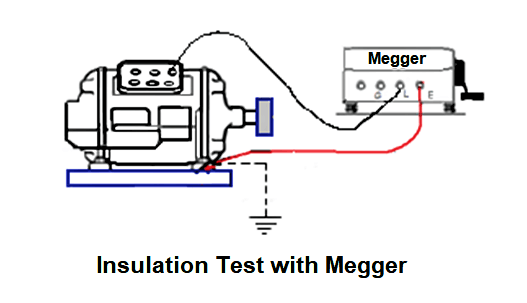
The purpose of measurement of insulation resistance
Measuring the resistance of motor windings makes it possible to detect deterioration due to weather, corrosion, dirt, moisture, and excess vibration before the motor fails.
There are very clear limitations on the ability of insulation resistance testing, alone, to assess the condition of an electric motor for operation. One thing to be taken care that, there has to be a clear path between the insulation system and the machine cover.
How to Test a Motor using Megger?

To make these measurements, it will be necessary to perform the following:
Disconnect the motor from the power supply and connect a megger between the windings.
Establish a safe working zone to keep away unauthorized personnel from the megger as it will be supplying a high voltage. Incorrect use of megger can cause damage to the parts of the equipment and injuries to users.
Use a standard multimeter to test inter-phase resistance on all three phases.
1. All readings should be approximately the same and will vary depending on the size and type of the motor.
2. If a dead short (0 ohms) or overload (OL) is detected with the meter, the motor may be bad.
To measure a high resistance, apply high voltage (up to twice the operating voltage). On a 480 V motor, for example, apply 1,000 V.
Perform the readings in megohms.
For a motor with a nominal value of 240-480 V, it is worth mentioning that different companies have different minimum tolerances for the insulation resistance in the used equipment, ranging from 1 to 10 megohms. The insulation resistance in new equipment should be much higher, from 100 to 200 megohms.
Since the strength of the insulation varies with temperature and humidity, you may need to perform several measurements of the resistance over some time to get a consistent result.
- Place one megger lead on the ground terminal or wire and place the other lead on one of the phase wires or terminals.
- Press test on the megger.
- A very high resistance reading (greater than 10 megohms) will indicate the motor insulation is good.
- It is recommended to consult with the motor manufacturer’s user manual if required.
- Repeat the steps with the other two phases.
Preventive Maintenance
The periodic measurement of the resistance of the insulation will indicate the state of the motors and when it is necessary to replace or modernize them.
If you liked this article, then please subscribe to our YouTube Channel for Instrumentation, Electrical, PLC, and SCADA video tutorials.
You can also follow us on Facebook and Twitter to receive daily updates.
Read Next:
